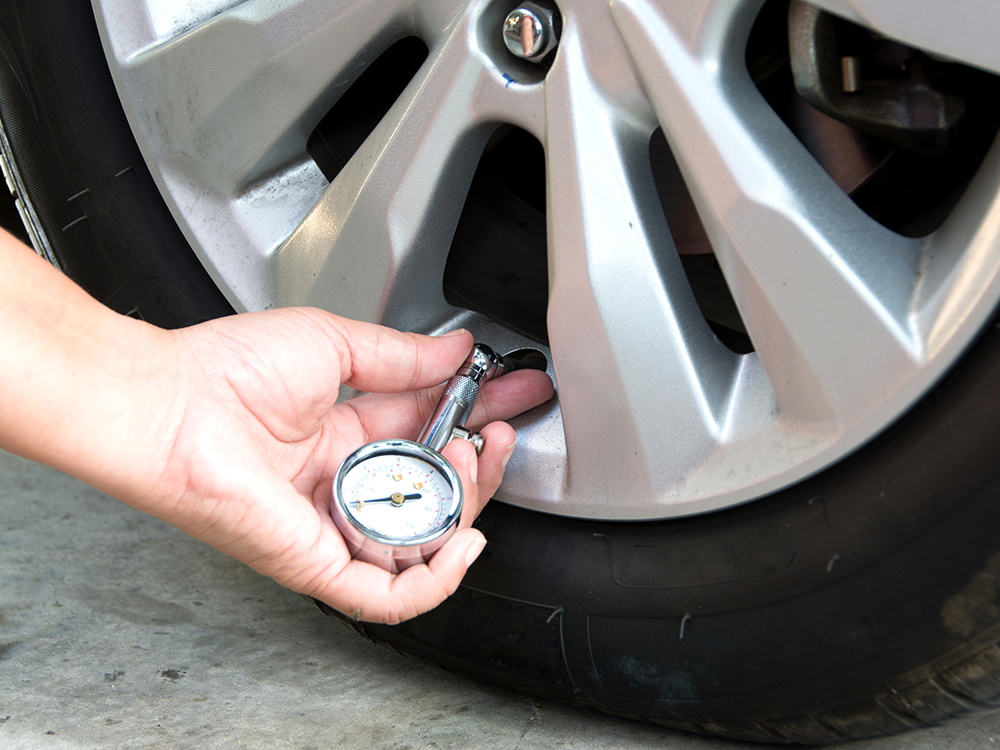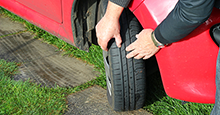
Tires don’t get much attention until something goes wrong--like sliding through an intersection during a heavy storm.
Yet, a few moments of attention can help prevent disaster. After all, tires are one of your vehicle's most important safety components--and an investment in fuel economy.
“Your road to more savings and a greener planet doesn’t stop at the checkout counter. Your driving habits, driving conditions and proper maintenance will affect the kind of savings you’ll achieve,” said Carolyn Goard communications manager for the Tire and Rubber Association of Canada.
A TRAC study showed nearly a quarter of passenger vehicles sampled have at least one tire underinflated by 10 to 20 percent. Tires underinflated by as much as 20 percent wear out up to 15,000 kilometers earlier and increase fuel consumption by 4 percent.
Goard urges drivers to visually inspect their tires and not hesitate to ask for an expert’s opinion.
Cuts, scrapes and uneven wear are all cues that something is amiss, she said.
Checking your tire’s air pressure is a great place to start, she said. The owner’s manual tells what the recommended air pressure is, as does a sticker on the inside of the driver’s side door. Underinflated tires increase friction with the road and lower fuel economy, while overinflated tires generate heat that can damage.
Tire tread offers an early warning sign for other maintenance issues. Bald spots may indicate an unbalanced wheel. Wear along the center of the tire may indicate an overinflated tire or poor alignment.

Tire performance relies on adequate tread depth
Tire rotation can’t correct wear problems due to worn mechanical parts or incorrect inflation pressures, she said. Yet, it does promote even wear and maximizes tire life span.
Experts recommend a tire rotation roughly every 5,000 kilometres.
Goard offered the following advice on maximizing your tire’s lifespan and performance:
- Don’t forget to check the spare tire. Temporary tires aren’t built as sturdily as the standard tires and don’t have the same durability and speed capability of a full-sized tire.
- Tread depth matters: When the wear marks show, it’s time for new rubber. If you’re not sure about tread depth, use a depth gauge to measure how much tread is left. Don’t have a gauge? Use a Canadian nickel. Insert the coin with Queen Elizabeth's crown facing down. If you can see the queen’s crown, that means the tread is overly worn and the tires need replacing.
- Regular rotations: Rotating tires on a regular basis prevents uneven wear. For vehicles with tires all the same size, rotate from front to back and side to side to maintain even tread wear. See your vehicle maintenance manual for rotation mileage intervals.
- Tire pressure: Make sure your tires are properly inflated. Check tires when they are cold to get the most accurate reading.
Copyright © 2024 by Sensible Driver. All rights reserved.